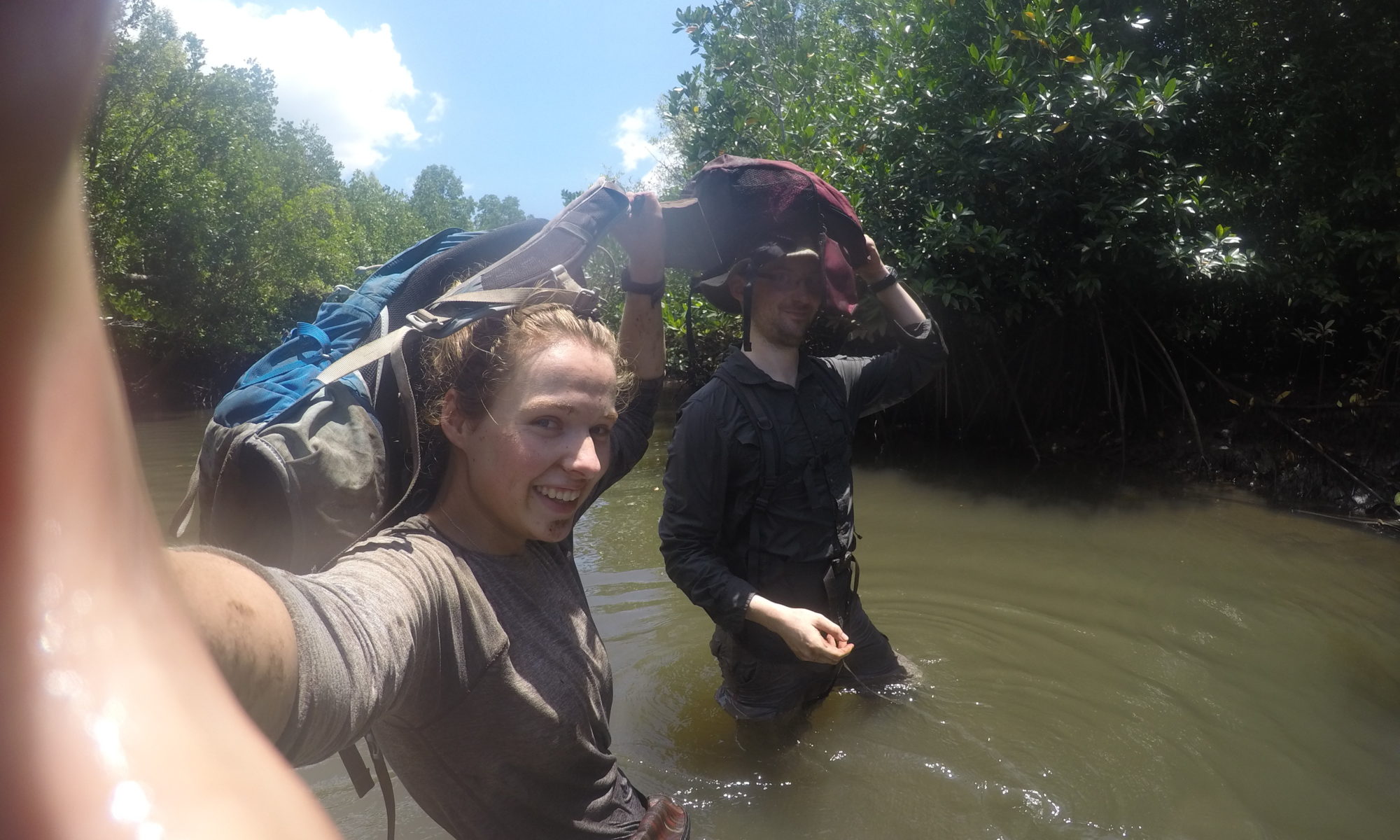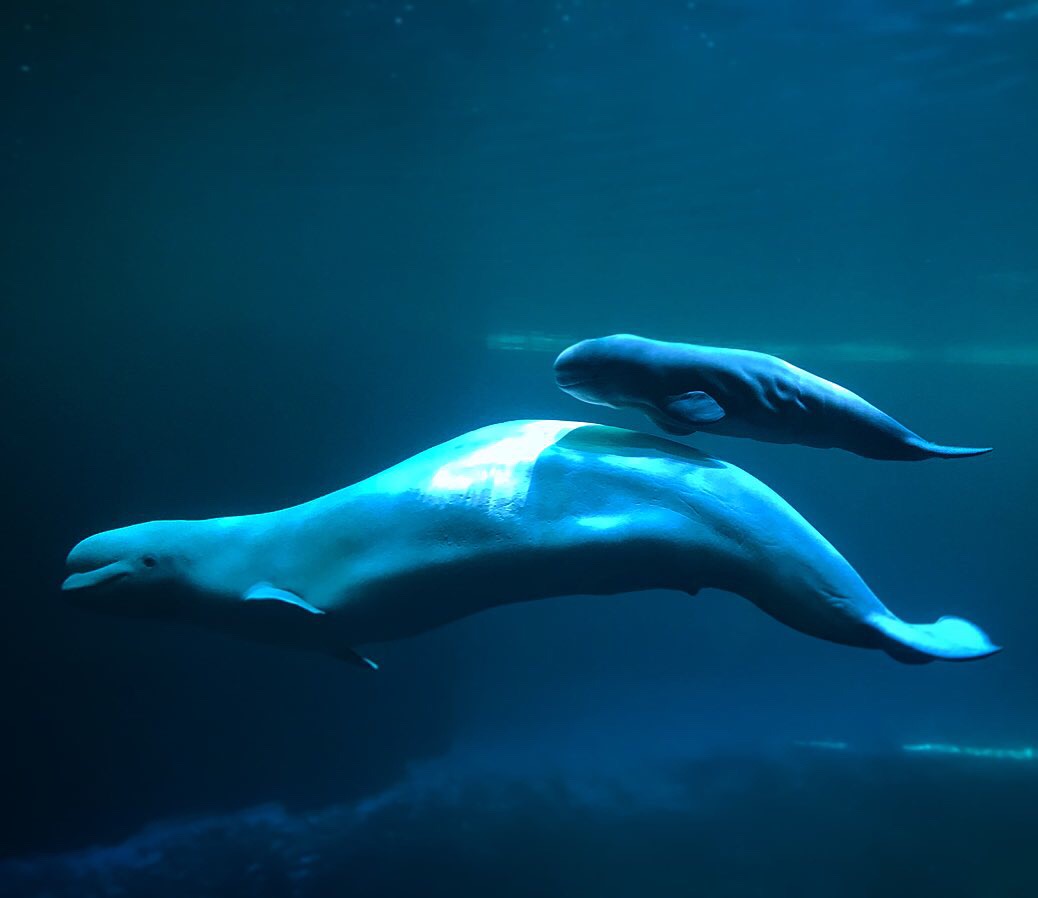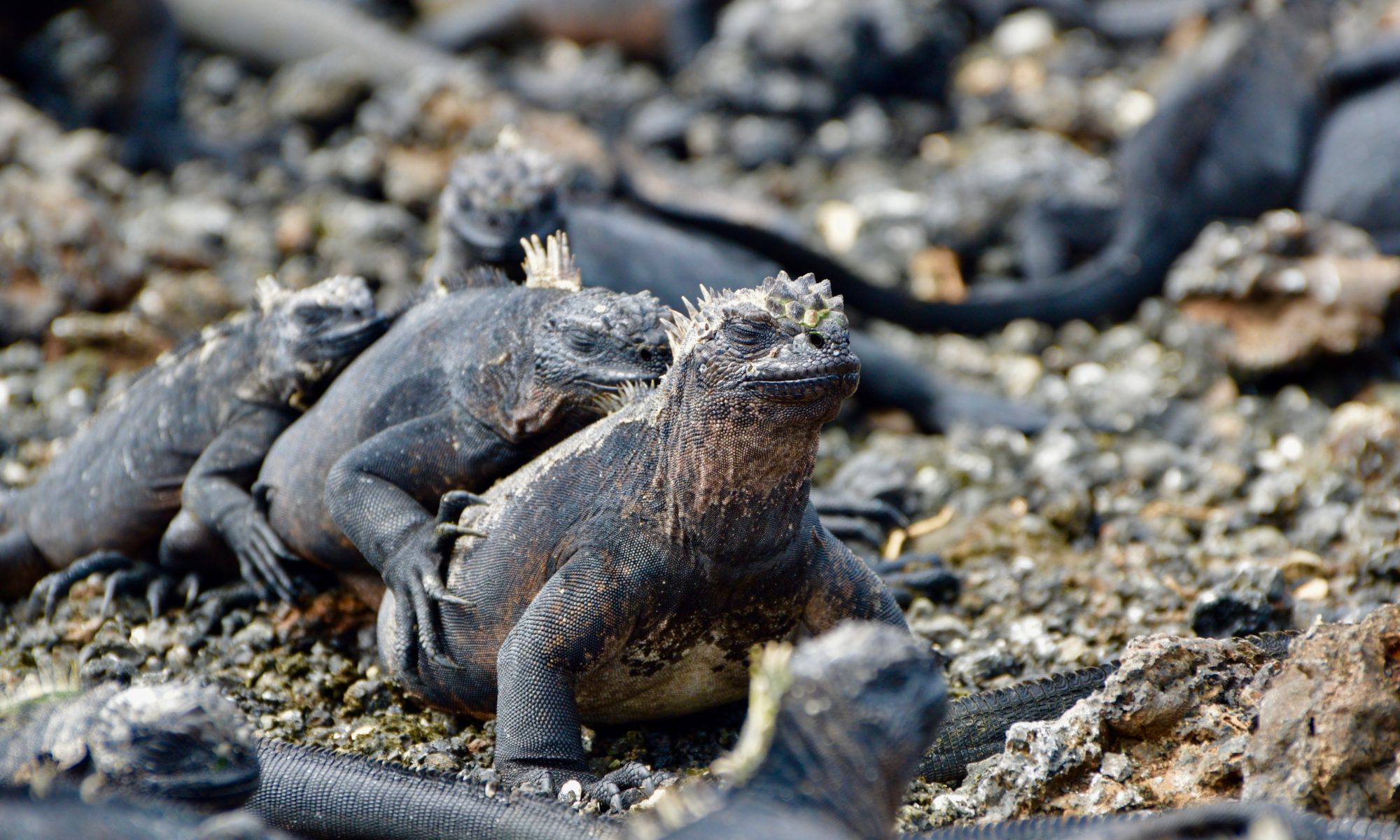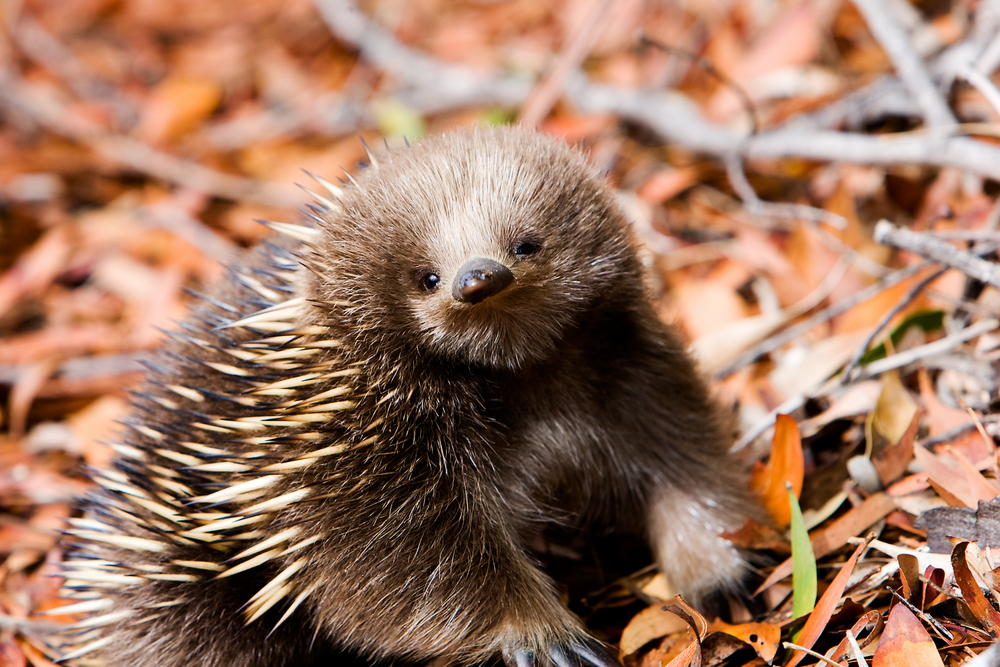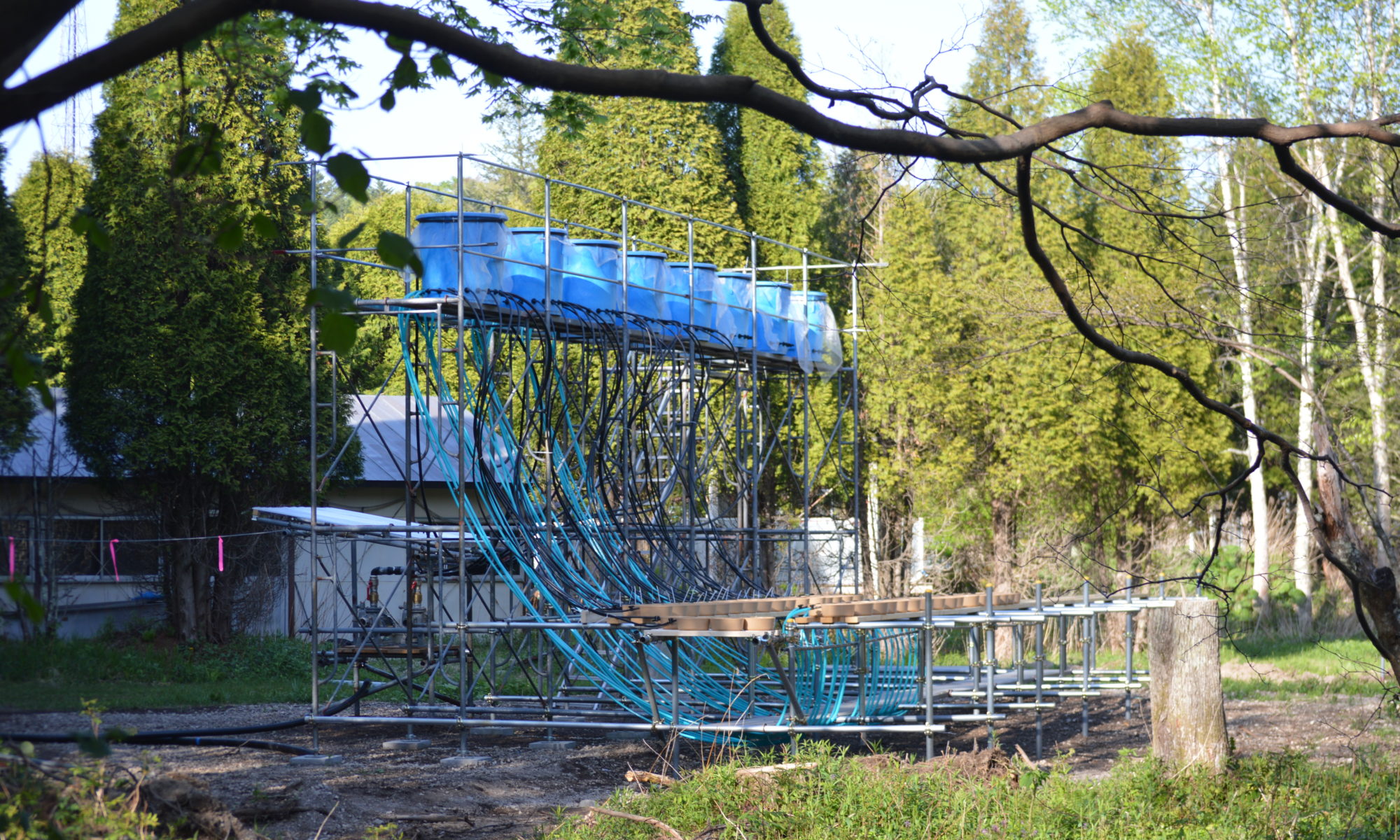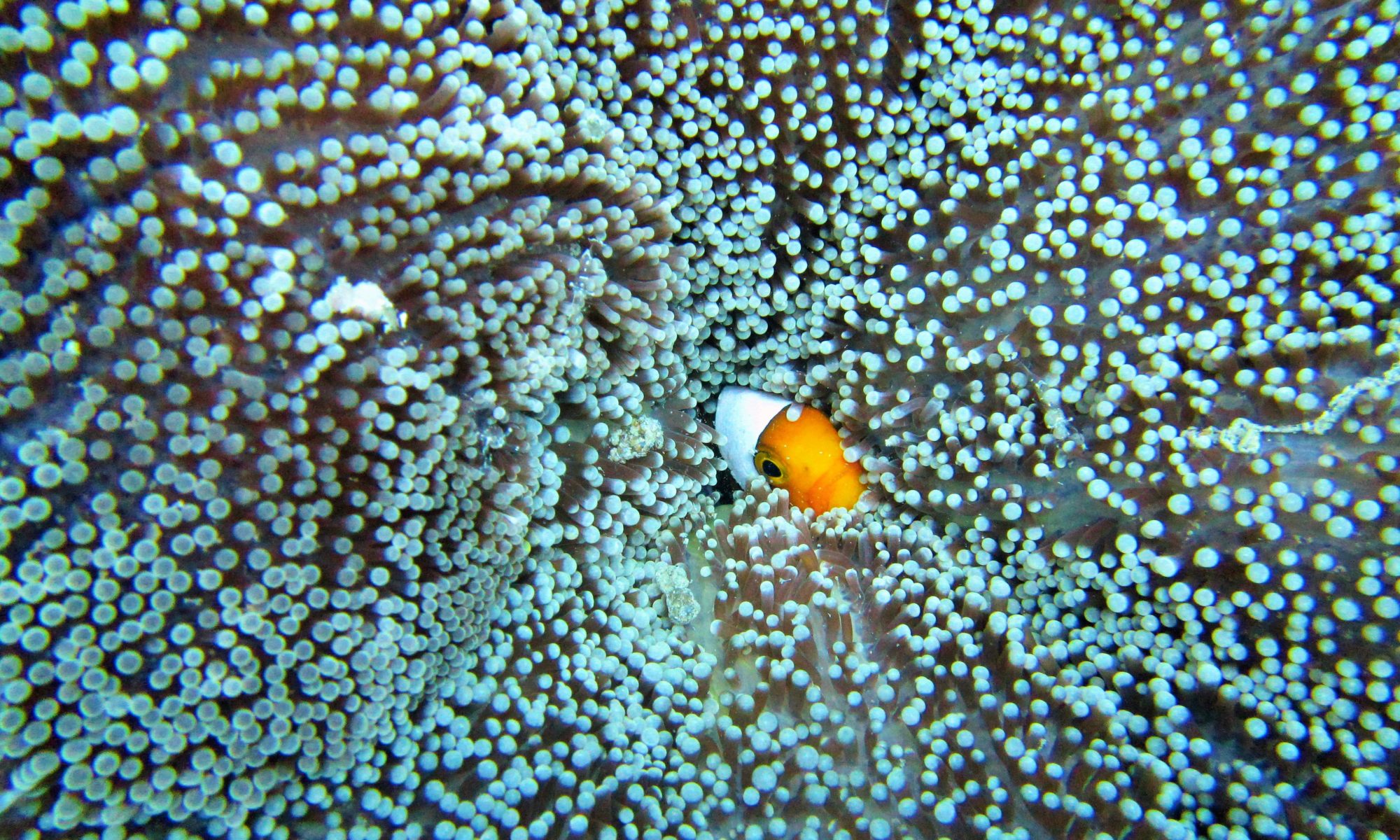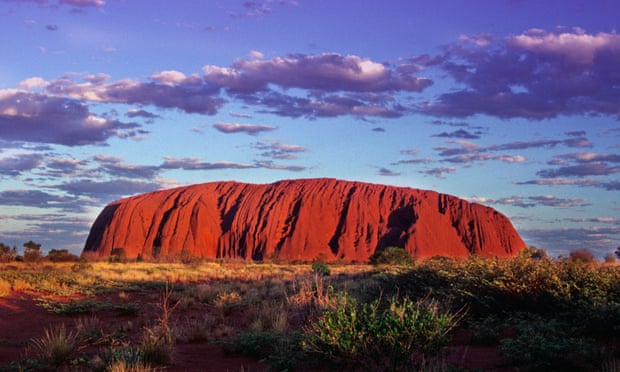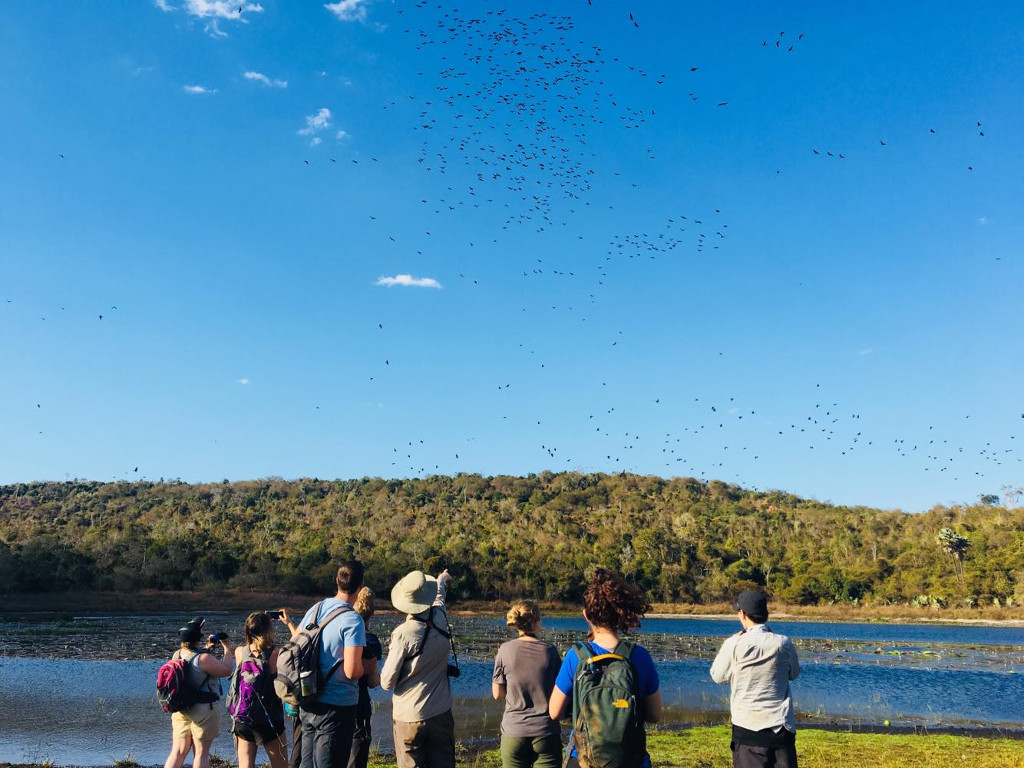Habitat loss is the primary threat to most species, as humans convert ever more areas of the globe to intensive land uses for our purposes. While some of this is unavoidable, the unsustainable level of global habitat loss has caused great damage to biodiversity, the fight against climate change, and the local economy and culture of vulnerable communities in the poorest parts of the world. It is increasingly clear that slowing habitat loss will be not be enough to repair this damage, we must restore/rehabilitate lost and damaged habitat. This process is already happening in many areas where human use is no longer economical, such as abandoned mines, upland farms and elsewhere. However restoring an ecosystem is not a simple process, many of these projects fail, and the reasons for this are not always clear. There are no agreed standards for measuring the success of habitat restoration. However in the Newcastle University Network Ecology Group we believe that ecological networks may hold the key to monitoring and directing restoration efforts. As part of the CoReNat consortium we are seeking to use ecological networks to assess the success of mangrove forest restoration projects in remote Northern Sulawesi, Indonesia.
Continue reading “Comparing the biodiversity and network ecology of restored and natural mangrove forests in the Wallacea Region.”Fulbright to the Frozen Zoo
What is a Frozen Zoo©? Why do we need them? What species should we keep in them? From January to June this year I was lucky enough to travel on a Fulbright Irish Student Award to the San Diego Zoo Institute for Conservation Research to try and answer these questions.
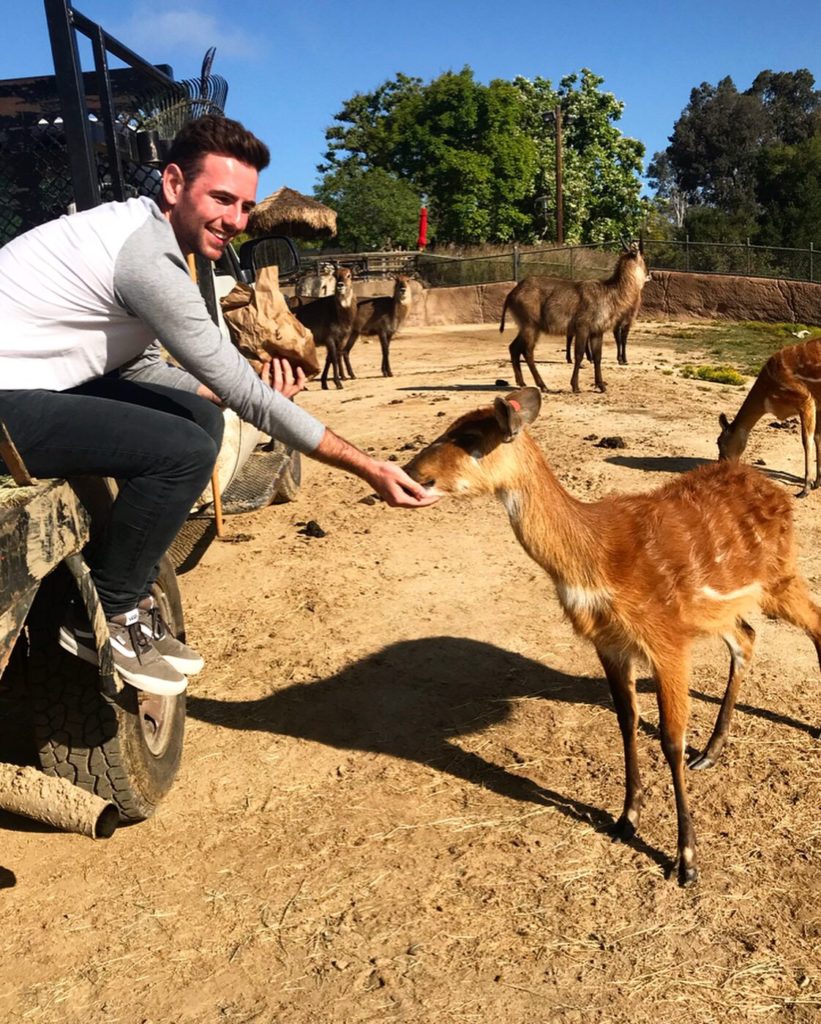
To put it simply, a Frozen Zoo© is a collection of living cells from different species which have been preserved and frozen, this is often termed biobanking. These cells can later be thawed and used to help conservationists by introducing genetic variation into existing wildlife populations or for a plethora of other scientific endeavours that require DNA from wild animals.
Continue reading “Fulbright to the Frozen Zoo”The Galapagos Islands: paradise lost?
This past August, I was lucky enough to visit the Galapagos Islands during my travels through South America. My visit here was quite possibly the highlight of my trip, with plenty to keep me thoroughly engrossed.
Set some 1000 km off the coast of South America, the Galapagos Islands were first stumbled upon by Tomas de Berlanga in 1535 when his ship was blown off course during a voyage between Panama and Peru. It was almost three hundred years later before the first human briefly settled on the islands, in 1807. However, this was due more to necessity than desire, as the settler in question was marooned on the islands. The islands were eventually made famous by Charles Darwin, who visited aboard the HMS Beagle in 1835, and used his observations of the island species as the basis for his “Origin of Species”.
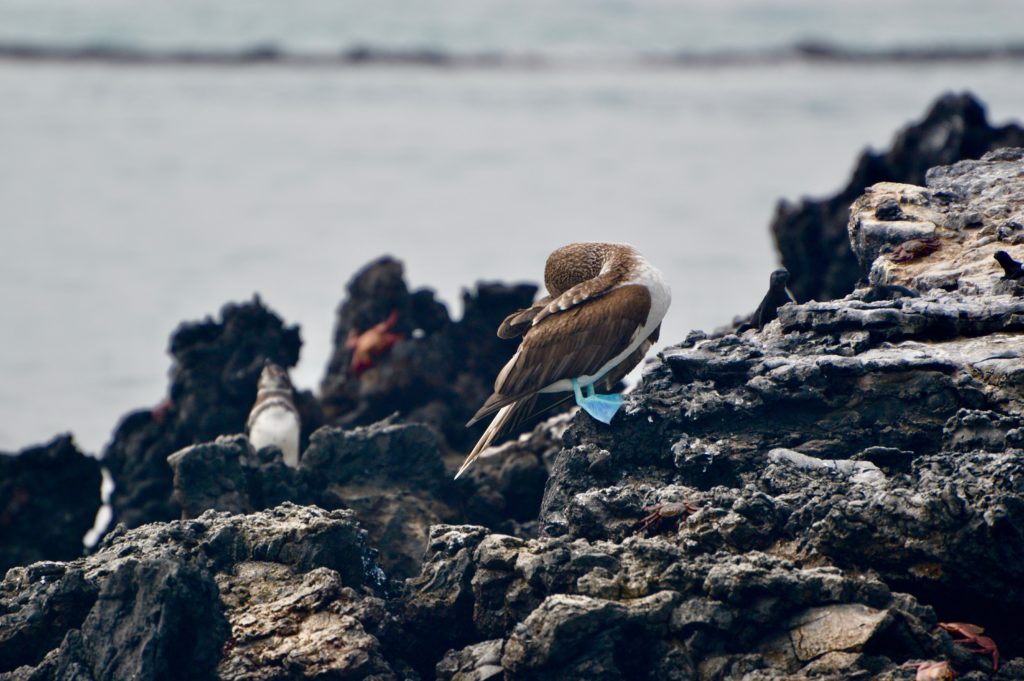
Home and Away: Monotreme mistakes
Natural history museum collections are invaluable snapshots of history. Research collections can be used to trace how animals have changed over time. Collections are also a reflection of the people and attitudes at the time it was curated. There is a well-represented collection of native Australian animals in the Zoology Museum at Trinity College Dublin. Well-represented in many sense of the word. This is a story about the red land down under, Australia, and the collection of Australian animals held in overseas museums around the world. It is a story in parts. This is the second part. Read the first part here.
Monotreme Mistakes
Echidnas (Tachyglossus aculeatus) are monotremes; Order Monotremata within Class Mammalia. They have hair and produce milk like other mammals but unlike other mammals, they lay eggs. Monotremes are endemic to Australia and New Guinea and consist of the four species of echidna and the platypus (Ornithorhynchus anatinus).

The seven stages of fieldwork grief
This summer was my first attempt at a field experiment. As a typically desk-bound researcher, fieldwork presented some unique challenges. If you, like me, try out field research for the first time, you may find that your experience aligns quite well with the extended Kübler-Ross model of grief. So, here I present a satirical journey through the seven stages of fieldwork grief:
Stage 1: Shock & Denial
First, you may be shocked that your project was funded in the first place. How did the grant reviewers miss the underdeveloped methodology and glaringly obvious underestimation of how expensive your experiment will be to run? You tell yourself, ‘of course they’ll come to their senses and the funding body will realise what a mistake they’ve made.’ Don’t worry you’ll never have to actually do the research. This denial will likely leave you scrambling to pack a few days (or hours) before your bus/train/flight.
Continue reading “The seven stages of fieldwork grief”Natural Capital, Investment Banking and Biodiversity
If you had asked me a year ago if I had any interest in banking, I probably would have said no. As a natural sciences graduate passionate about sustainable development, it just wasn’t a path I associated with my interests. Yet in March 2019, I set off for Luxembourg to undertake a traineeship at the European Investment Bank (EIB). Not just any bank, the biggest multilateral bank in the world, responsible for lending over EUR 50 billion in 2018 alone.
The reason for this sudden change in direction was discovering a new pilot program at EIB called the “Natural Capital Financing Facility” (NCFF). It seemed like a unique project attempting to use traditional investments to support and conserve Europe’s ecosystems and biodiversity. The interdisciplinary aspect of combining finance with biodiversity, economics with environmental sustainability, really appealed to me and was too good an opportunity to miss. I applied for a traineeship position with the NCFF, crossed my fingers, and a few months later, had packed my bags for Luxembourg!
Continue reading “Natural Capital, Investment Banking and Biodiversity”EcoEvo Blog Photo competition winner announcement!
Once again, the time has come for the annual Eco Evo photo competition! The third instalment of the competition saw some wonderful submissions from across the School of Natural Sciences, and the top spot was fiercely contested. Due to their desire to participate, the editors stepped away from the judging process and the shortlisting was conducted by an unbiased third-party and the photos were anonymised. Finally, the vote for the winning photo was put to the Trinity School of Natural Science, again the photos were anonymised.
Read on to see the full gallery of submissions and to find out which photo was chosen as the winner.
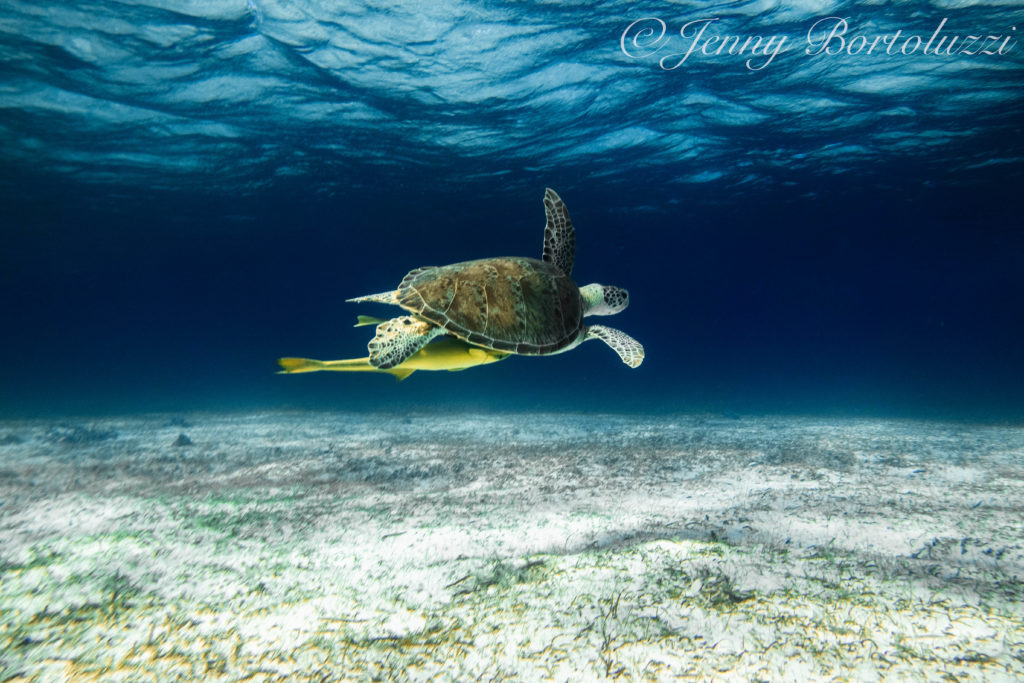
A Green turtle swims away with its trusty remora after feeding on seagrass in the Bahamas. Remoras and turtles enjoy a symbiotic relationship as the fish removes parasites and keeps the shell clean while receiving benefits in the form of food, transport and protection.
Continue reading “EcoEvo Blog Photo competition winner announcement!”Home and Away: Would a Rosella by any other name smell as sweet?
Natural history museum collections are invaluable snapshots of history. Research collections are snapshots of the animals and plants collected in history. Research collections are also a reflection of the people and attitudes at the time it was curated. There is a well-represented collection of native Australian animals in the Zoology Museum at Trinity College Dublin. Well-represented in many sense of the word. This is a story about the red land down under, Australia, the collection of Australian animals held in overseas museums around the world. It is a story in parts. This is the first part.
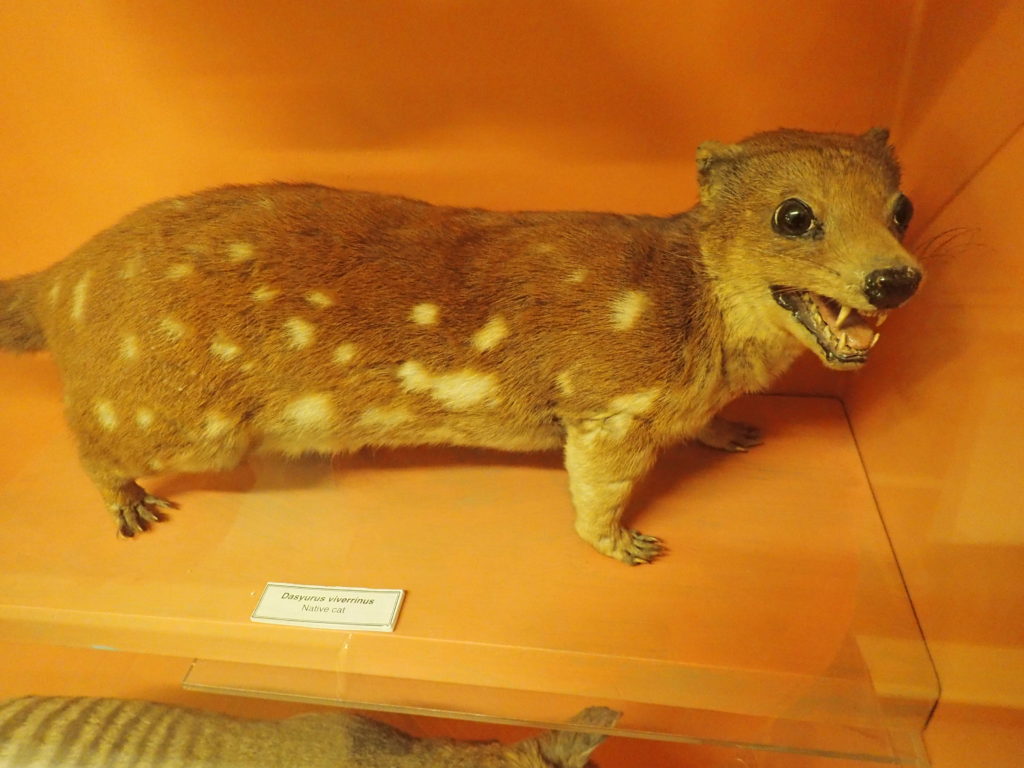
Would a Rosella by any other name smell as sweet?[efn_note] Rosellas, an endemic Australian bird in the Order Psittaciformes, was named by European settlers after Rose Hill (now Paramatta), New South Wales[/efn_note]
This story traces its roots to the day that Europeans invaded Australia, but we will start with the Saturday the 26th October 2019. For most of the world, Saturday was not a particularly notable day. It was the beginning of the Bank Holiday long weekend here in Ireland; I enjoyed a walkabout through the local park. But as the sun dawned on Uluru in the Northern Territories, Australia, it was the start of a historic day.
A Mosaic of Birds in Madagascar
This post is based on the paper ‘The avifauna of the forest mosaic habitats of the Mariarano region, Mahajanga II district, north-west Madagascar’, just published open-access in Bothalia: African Biodiversity and Conservation.
The header image by Jamie Grant-Fraser shows White-faced Whistling Ducks (Dendrocygna viduata) responding to the appearance of a Madagascar Harrier-hawk (Polyboroides radiatus).
Continue reading “A Mosaic of Birds in Madagascar”Meet the new editorial team for 2019/20!
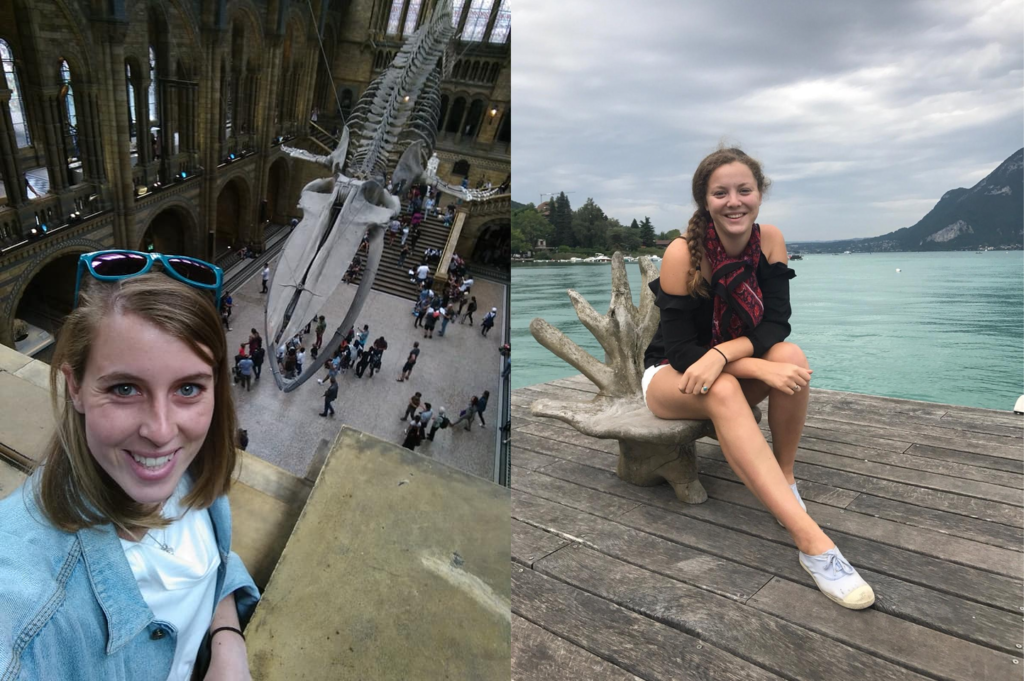
Time flies and it’s time for yet another academic year! We’re a bit late for our introduction, students are already heading into reading week but we were too busy getting over the shock that first years were born in 2001… Do you feel old too?
And with that, we wave goodbye to our fantastic 2018-19 editor, Fionn Ó Marcaigh. Thank you for your hard work and enthusiasm for sharing people’s stories! We have big shoes to fill… We say “we” because this year, you get two editors for the price of one! Let us introduce ourselves:
Continue reading “Meet the new editorial team for 2019/20!”
